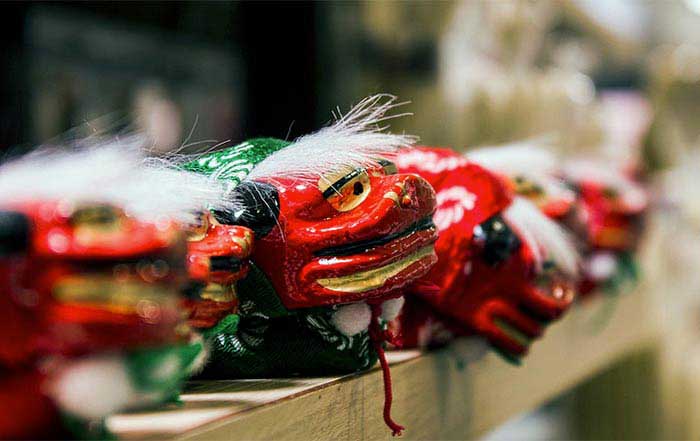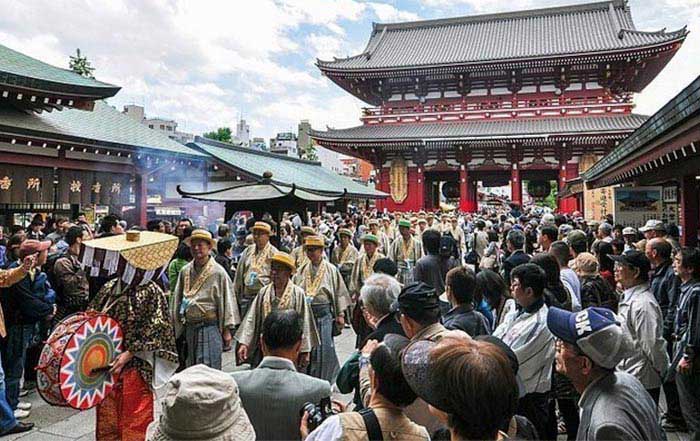Tokyo is an extravagant amalgam of the old and the new. Traditional temples and markets stand side by side high-tech gadgets and skyscrapers. There are, for instance, stone lanterns scattered among the most modern buildings.
As the streets in Tokyo are terribly crowded, you will find people in the streets dressed in all sorts of styles. Traditions, variety and craziness bring this city to life which has an infinite activities to offer. Here are some suggestions of things you can do in Tokyo:
Tsujiji Fish Market: Don't miss the opportunity to visit the world's largest and busiest fish market. It handles more than 400 different types of seafood from cheap seaweed to the most expensive caviar, and from sardines to tuna and whales. The most interesting part is the Tuna Auction, though tickets are issued on a first come, first serve basis. Check their website to see if public access is permitted during the day you want to visit. In the market, you will see fishmongers filleting the day's catch or have a succulent sushi breakfast. Also, there is an alternative to the wholesale market which is the Tsukiji's outer market. This is a warren of narrow streets packed with stalls selling fresh seafood and even wasabi.
Sumo: this is how Japanese people have fun. If you happen to be in Tokyo during one of the three gran tournaments in January, May and September, you will see more action at Ryogoky Kokugikan, Tokyo's National Sumo Hall, than you would expect from Weezer's video "Hash Pipe".
Shinjuku Gyoen National Garden: This is the most beautiful green space in Tokyo. If you want to escape the crowds, this is the place for you. Get a map in English and as you stroll, visit the major gardens: English Landscape, French Formal, Japanese Traditional space with teahouse and the Mother and Child Forest. Don't miss the Taiwan Pavilion, enter and look out the second-story windows. In this garden, you can also have a picnic or buy take-away items at the gourmet food hall in the basement level of Takashimaya department store. You can also shop in a massive department store in the mega-mall complex called Times Square, where you will find anything from gold body stockings to Japanese tea sets and stationary.




